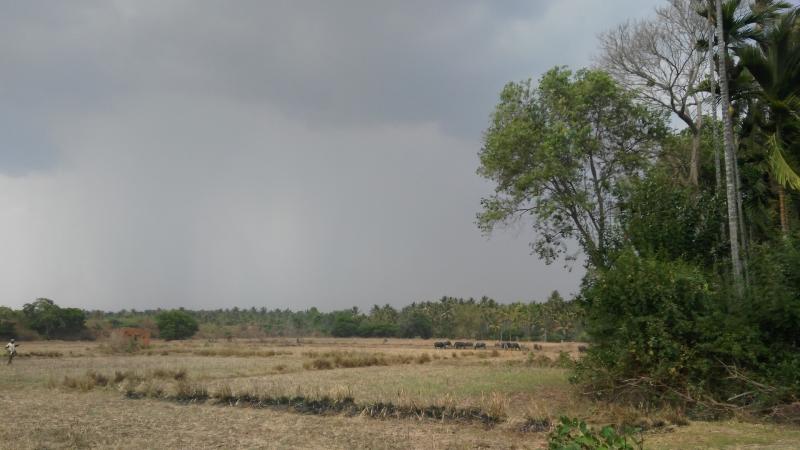
As winter sets in over Punjab, one can hear the humdrum of hundreds of machines harvesting rice across lakhs of hectares of paddy fields. In Maharashtra, villages in Vidarbha lug their snowy cotton harvest to the market. Years ago, these landscapes were a sprawling array of forests, grasslands, wetlands and multiple crops cultivated on a shifting basis. But in the last five to six decades, many such natural landscapes have been converted into permanent farms that grow only one or two crops while extensively using resources such as water and chemicals in the form of pesticides and herbicides.
With a growing population across the world, such intensified farming was replicated all over. Today, however, it has created an agricultural and agrarian crisis—crop yields are stagnating or even decreasing as the land is overused, and farmers are facing ever-increasing costs. Besides, the vibrant matrix of forests, grasslands, wetlands and other natural habitats are lost to monotonous farmlands, reducing the biodiversity that comes along. Does that affect farms and how? In a recent study, close to a hundred researchers, across eighty institutes around the world looked at how human land use affect farms all over the world.
A natural and well-functioning environment provides 'ecosystem services' that benefit us in many ways. For instance, farms benefit greatly from pollinators such as bees and beetles and from insects that kill pests, such as spiders and ants. However, when landscapes are simplified, the biodiversity of such insects changes—their numbers and the species richness plummet. Over time, the composition of the insect community alters, with species that were once abundant or dominant, now reduced to a minuscule.
The researchers of the study analysed close to 90 previous studies, and 1480 fields in 27 countries, to understand how a loss in biodiversity affects farmlands. Bioversity International and Ashoka Trust for Research in Ecology and the Environment (ATREE) both of which are based in Bangalore were also a part of the collaboration.
“Answering global-scale questions about how biodiversity sustains ecosystem services in real-world ecosystems requires information from different regions, landscapes and locations around the world,” comments Dr Matteo Dainese from the Institute for Alpine Environment in Italy. He is also the corresponding author of the study.
The study looked at around thirty crops such as fruit, pulses and nuts, grown using different agricultural practices like conventional farming and organic farming. The natural landscape within the radius of a kilometre around the farm—typical distance for insects to access—was studied. The researchers used a wide range of methods to collect information on the species richness and abundance. They also gathered information on the effectiveness of pollinators by analysing the fruit or seed yields, and the presence of natural enemies by measuring crop damage.
The researchers found that the higher the species richness, or the number of species of pollinators and natural enemies, more effective was pollination and pest control. Furthermore, landscape simplification had reduced both pollinator and enemy richness, indirectly resulting in the reduction of crop production. A similar pattern was found for species abundance. Moreover, in farms that used insecticides, natural enemy richness did not have any effect as the insecticide use masked off the impact of natural enemies. This also shows that natural enemies freely provide more or less the same effect as harmful insecticides do.
In natural ecosystems, there are a few dominant species while there are many rare ones. However, it was not known until now if these dominant species are enough to maintain crop pollination and pest control. The current study found that simplification alters this balance and negatively impacts rare species that specialise in pollinating certain crops. However, it did not significantly affect more abundant insects that visit many plants.
So, how do we bring about diversity in the agricultural lands?
"Diversification could be as simple as adding wildflower strips, trees or hedgerows along the edges of fields, giving these beneficial species places to live. Creating a web of these semi natural habitats would be an essential step towards a more sustainable agriculture that aims to reconcile both productivity and conservation. It will require collective participation among farmers, citizens, nonprofits and government agencies," opines Dr Dainese.
While the study shows how diversifying agricultural landscapes could bring about the essential biodiversity, the researchers hope to understand this relationship in depth further.
"Future studies need to address the costs of promoting biodiversity around farm fields that are most relevant to farmers. Ideally, this should be done under a range of scenarios, to account for context-dependence of the costs and benefits," signs off Dr Dainese.
This article has been run past the researchers, whose work is covered, to ensure accuracy.






